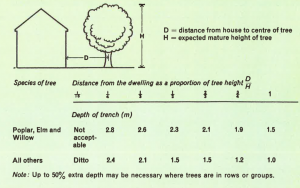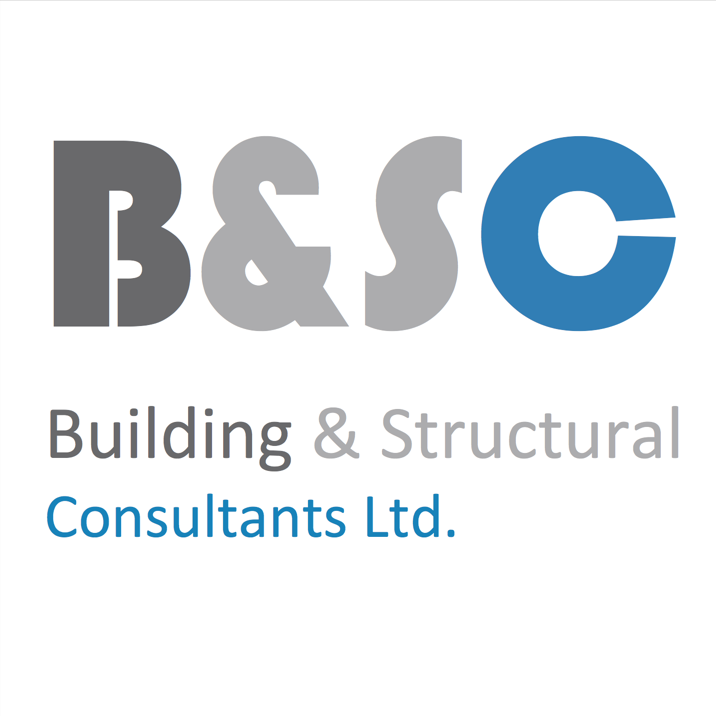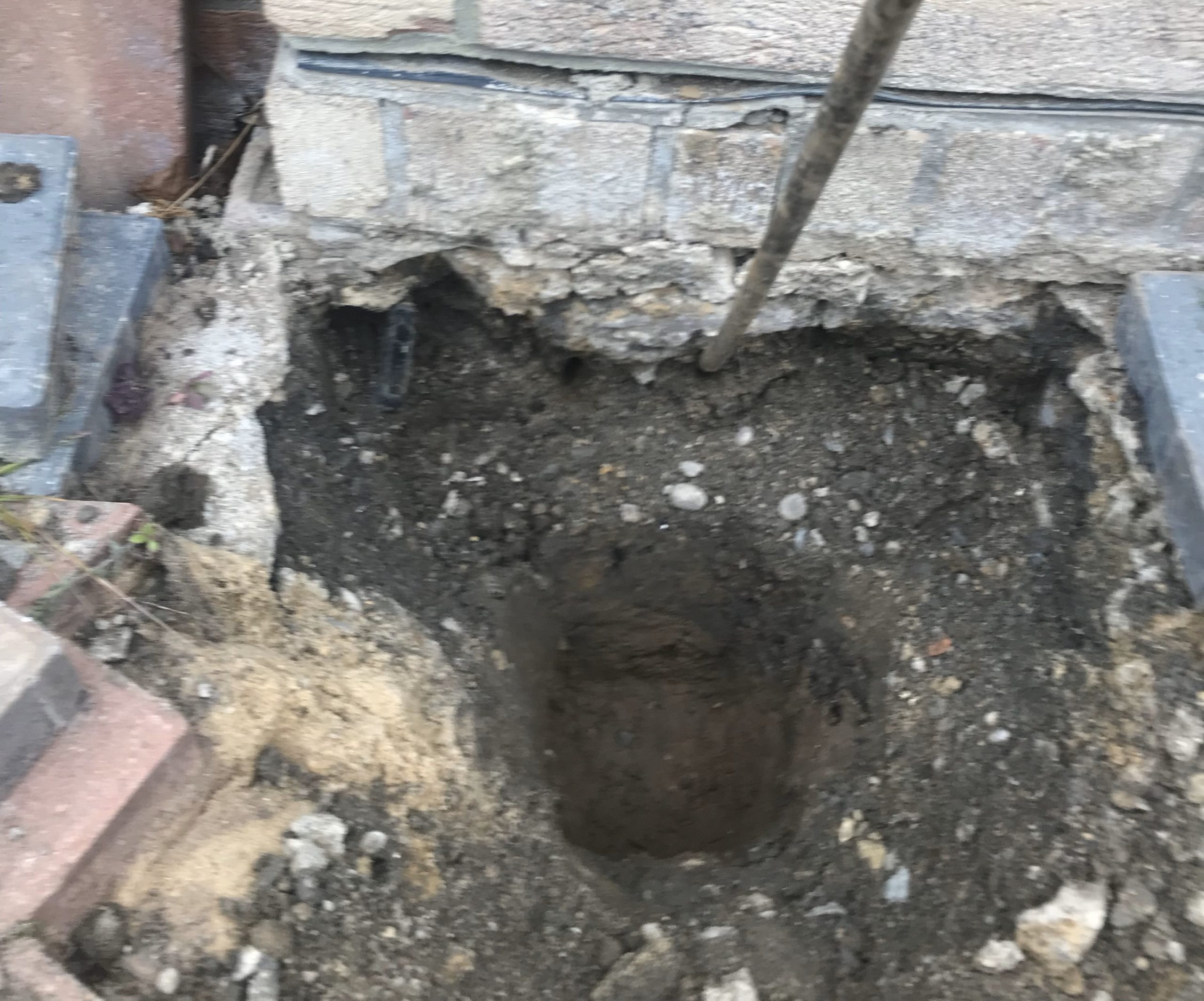In the UK we have rigorous standards for construction. The Building Research Establishment first published guidance for building near trees on clay soils in 1949 – then just an approximate rule of thumb that houses should not be sited closer to a tree than its mature height. This was following a drought in 1947 when it was noted that many buildings suffered more cracking than normal, and there was a push for post-war construction (often using innovative new construction methods) and home ownership was on the rise.
The National House Builders Council (NHBC) began giving guidance on appropriate distances from trees in 1969 – differentiating between high water demand trees (specifically willows and poplars), other trees, and tree groups for the first time.
With the rise in population and 1960s/70s construction boom it soon became apparent that keeping houses that far away from trees was not practical, so increasing the foundation depth instead to allow building closer to trees was considered a potential solution. Then in 1974 (whilst Abba were releasing “Waterloo”) the NHBC released a revision of “Practise Note 3” which became a handy pocket guide for architects, builders and Building Control surveyors giving differing foundation depths depending on tree type and tree-to-building distance.

This formed the basis of the current (but much more detailed) NHBC Standards which are widely used today for designing foundation depths – NHBC Standards Chapter 4.2 – Building Near Trees. These standards now include for differing types of clay (shrinkability) as well as differing water demands of trees, (broadleaf or conifer) and are generally much more complex. The NHBC have recently (2022) stated that they will be revising them further in the light of climate change.
It is this guidance which is relied on by most Building Control Surveyors when assessing compliance with Building Regulations (which say only that the foundations must safely transfer loads to the ground – leaving the interpretation of that rule up to the individual Building Control Surveyor). This has been the case since the 1984 Building Regulations revision which embodied the NHBC Standards as “deemed to satisfy” provisions.
But some buildings slip through the net for various reasons – such as lack of Building Control supervision, and in the case of smaller ancillary structures (such as small garages and conservatories) Building Regulations not applying at all so the choice of foundation depth is completely uncontrolled and up to the builder and the client. Countless builders don’t have a good appreciation of why foundation depth is important and (wrongly) assume that it is to do with the weight of the structure. This is sometimes the case on different (weak) soil types, as the deeper down you go, the stronger the soil usually becomes – so a heavier building does sometimes need deeper foundations. But clay is generally strong and perfectly adequate (at shallow depth) to support low-rise domestic construction. The NHBC depth standards are all about avoiding shrinkage subsidence, not soil strength. Many builders don’t understand that, and have mistakenly taken the view that a lightweight garage or conservatory doesn’t need much of a foundation.
Older buildings (particularly pre 1974) and structures exempt from Building Control are therefore often found to be on shallower foundations, and are more frequently affected by clay subsidence. That is not to say “modern” (ie post 1974) buildings are safe from it though. Many newer houses are still only on 1m deep foundations because there were no trees around when they were built. If a tree has grown up near it afterwards it will most likely present a subsidence threat.
Most domestic buildings insurance policies specifically exclude subsidence caused by defective or inadequate design or construction, and with the current very high cost of subsidence claims that the insurance industry is facing, it is becoming ever-more frequent that insurers and loss adjusters are attempting to decline claims based upon this exclusion. But when exactly is construction defective or inadequate? There is a strong argument that subsidence is of course caused by a combination of factors – such as the growth of vegetation and global warming or unusually hot weather, without which the subsidence would not have occurred. However, it is increasingly found that if an insurer can see that a foundation was not built to NHBC Standards, then a rejection of the claim can be attempted – in some cases even if the foundation depth had been accepted by Building Control. They consider the NHBC Standards a neat benchmark to rely on without entering into the murky territory of personal judgement and all the arguments that can flow from that.
But can it reasonably be used as a benchmark for determining what is defective and what is not? It might for example be argued that even if a foundation had been designed to NHBC Standards in force at the time, it might well still have failed later due to climate change making roots grow deeper than ever before and take up more water than before. Such an argument was successful in a 2022 Financial Ombudsman Service case concerning a conservatory founded on a 450mm foundation which the insurer said should have been much deeper to comply with NHBC Standards. The Ombudsman advised that the insurer should pay.
“Defective design” is an equivocal concept. A small self-builder erecting a conservatory or garage may not be expected to build it to NHBC Standards for house foundations (or even necessarily be aware of them). Also, despite their increased level of detail, the NHBC Standards are still a relatively blunt instrument. They place subsoils in 4 bands of shrinkability (high, medium, low and non-shrinkable), whereas of course the real risk of susceptibility to subsidence is far more complex than that – with variations in shrinkability according to sand / gravel content, mixtures of soil types, layers of differing soils and numerous other complexities having a marked effect on the overall susceptibility of the soil. For example, a builder digging a foundation trench for a conservatory might well be forgiven for thinking that the sandy ballast subsoil he was digging though below the topsoil was a good strong natural non-shrinkable subsoil perfectly suitable to bear on at shallow depth, without realising that there was a layer of shrinkable clay a little beneath that. Builders cannot be expected to be familiar with underlying geology, and home-owners even less so. The knowledge of the person who was building the exempt structure (i.e. uncontrolled by Building Regulations) is a factor that should be considered when assessing the design for adequacy.
There are of course some cases where a foundation design is so obviously deficient that the structure is doomed to fail from the start, and in these cases it might well be reasonable to apply the exclusion. Not so long ago insurers would only apply the exclusion in such cases but they seem to be applying it much more frequently now. In general, I consider that the application of defective design exclusions should not be automatic upon discovery that a foundation is non-compliant with NHBC Standards. Careful consideration must be given to the risks evident at the time;
- perceived soil shrinkability at the time of construction,
- whether Building Regulations were applicable or not,
- the type of person that was choosing the foundation depth (and their typical knowledge of matters such as soil shrinkability and NHBC Standards},
- likely presence of vegetation at that time,
- how the standards have changed since.
Many people also fail to appreciate that it is for the insurer to prove that a design was defective, in order to apply such an exclusion. The onus of proof of an insured peril (such as subsidence) is on the home-owner, but after that, the onus of proof (of a policy exclusion such as defective design) switches to the insurer. It is far too simplistic in my view to base a repudiation on a foundation depth being shallower than the NHBC depth standards for clay soils, as the adequacy (or otherwise) of the design is a far more complex matter. It was for this reason that the Ombudsman upheld the customer complaint about the shallow 450mm conservatory foundation mentioned above.
To prove defective design an insurer must consider;
- Standards in force generally at the time of construction which applied to the type of person doing the work (which are not necessarily the NHBC Standards). Remembering also that approval by Building Control is evidence that they considered it to be adequate (even if that were at odds with the NHBC Standards).
- Soil type and shrinkability (evident to the builder digging the foundation trench) – some clays are vastly less shrinkable than others, and most builders don’t appreciate the differences.
- Vegetation present at the time of construction – and its likely future growth. A tree next to a stream or pond is likely to get all its water from that, and grow much less towards the building on the other side of the tree.
When faced with a repudiation of a subsidence claim based on the defective design exclusion clause, claimants would be well advised to seek a professional opinion from a Subsidence Consultant. In such cases, we carefully consider all of the above technical points and give a view as to whether the insurer has;
- proven that the design was in fact defective, and
- demonstrated that the loss would not have occurred anyway even if the design had been adequate (the exclusion has to be material to the loss)
A simple desk study of documentation and available data is all that is usually required to give a sensible opinion in a written report, which can be used to justify a challenge to the repudiation if appropriate. The cost of the exercise is typically low.
Bob Gibson, Subsidence Consultant (Structural Engineer & Building Surveyor)


